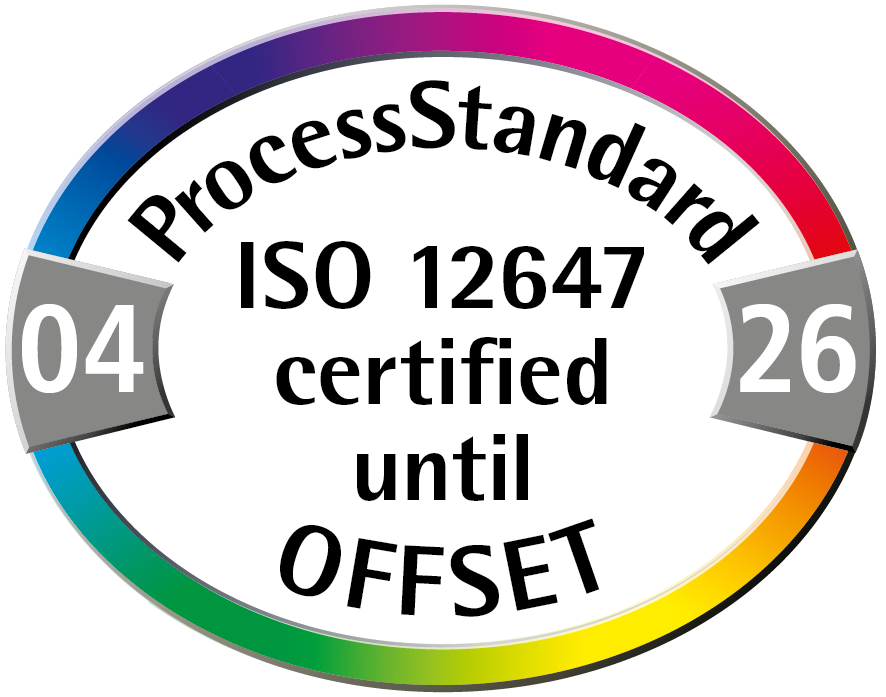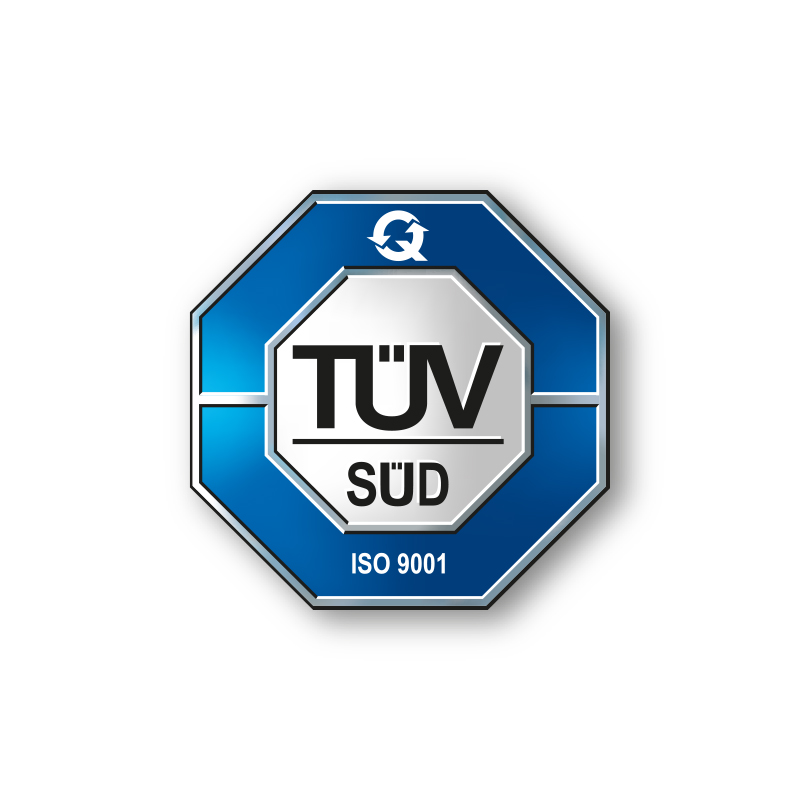Text: Valerie Gáborová
A place we’ve always wanted to visit and experience its atmosphere for ourselves. Perfect food, beautiful culture and nature, so many things to discover. We stayed in three cities during our adventure: Osaka, Kyoto and Tokyo and from these metropolises we took day trips to other places.

Our first stop was Osaka, which is often referred to as the cuisine of Japan. It is the second largest city in Japan and offers a unique blend of traditional culture and innovation. A symbol of the city and a reminder of its rich history is Osaka Castle.
Osaka’s culinary specialties we tried including Takoyaki (fried balls with pieces of octopus) and Okonomiyaki (Japanese cabbage pancake topped with finely grated dried tuna). We experienced the nightlife at Dotombori, one of Osaka’s most prominent spots, where there are many restaurants and bars. We were pleasantly surprised by the quality of the beer – there were many varieties available and some better than others. We were also impressed by one of the largest aquariums in the world, the Kaiyukan Aquarium, where we could see a giant shark swimming.
We were most excited about Kuromon Ichiba, which is considered an Osaka foodie paradise and is famous throughout Japan. Here we tasted the best and most expensive beef in the world – kobe. In addition, they offered giant king crabs, tuna, exotic sea urchins, variously prepared eels and other specialty meats.
Our next stop was Hiroshima, where the atomic bomb was dropped in 1945. The most famous local landmark is the Atomic Dome, the only building left standing at the epicentre of the blast.

We visited one of the most beautiful and well-preserved castles in Japan – Himeji Castle.
From Osaka we transferred to our hotel in Kyoto. Kyoto is the former capital of Japan. There are many gardens, castles and temples. Our first stop in Kyoto was Toji-ji. This Buddhist temple is famous for its tall five-story pagoda.
We took a day trip to a part of Kyoto called Arashiyama. Here we visited a bamboo forest, took a two-hour river cruise, and ended the afternoon by climbing a mountain where there is a Monkey Park with free-roaming monkeys. You can enter a fenced-in shelter and feed the monkeys with apples and peanuts.
The next day we went to Nara town, where deer and deer roam freely everywhere and have their own park where you can buy buckwheat crackers for a few yen and feed them. If you bow before feeding them, the deer and fawns bow back.
Nara is a charming city that offers a glimpse of beautiful tranquil gardens, traditional art and nature. It is home to the world’s largest wooden structure, the Tōkaidō, which houses a monumental Buddha statue, one of the largest in the world.
Fushimi Innari-Taisha: another magnificent place, famous for the thousands of red tori gates that lead up Mount Innari.

In the evening we experienced a tour of Gion, a neighborhood famous for its wooden houses and geishas. Unfortunately, we weren’t lucky enough to see any.
Our last accommodation was in Tokyo – the capital of Japan, which has a population of 14 million.
Our first evening was spent at the Tokyo Sky Tree, which is a telecommunications tower that overlooks all of Tokyo and at 634 meters is one of the tallest structures in the world.
You know those videos of subway conductors pushing people into cars to fit as many as possible? It’s reality. You think no one else will fit, but they’ll playfully mislead you and cram 20 more people in. For comparison, the population density in the Czech Republic is 136 people/km2 and in Tokyo it is 6,375 people/km2. So we are comparing the state versus the city. Crazy.

Of course, we had to go to Shibuya Station, where there is a statue of the famous Hachiko dog and the busiest pedestrian crossing in the world. Up to 3,000 people cross it every two minutes. It is quite interesting to note the absence of rubbish bins in Japan and yet the cities are perfectly clean.
Last but not least, we visited Fuji-san, the highest mountain in Japan. Again, it was a day trip and we also drove through the Aokigahara forest, which is ranked as the second most suicides in the world after the Golden Gate Bridge in California. Mount Fuji is undoubtedly one of the most iconic symbols of Japan, it is perfectly symmetrical and can be seen from Tokyo on a clear day. It is special because of its sacredness.
The last place we visited in Japan was the city of Kamogawa, where we went to Sea World, which is the most popular marine park in Japan. We saw a spectacular display of killer whales, beluga whales, sea lions and seals.

On the way back from the aquarium we stopped for a meal at a local place. Since this was a town where tourists only visit the aquarium and don’t walk around, we became an attraction for the locals. The restaurant looked at us like an apparition at first and we didn’t know if we could go on or if we should turn around and eat elsewhere. Eventually they greeted us with smiles and tried to communicate with us. After a while they started tapping something on their phones and after a while more people started to show up at the place to see us. As we were leaving, they all shook hands with us and waved goodbye. It was a very powerful experience.
On our way to Japan we fulfilled our dream. The difference in our cultures is huge. It left us with an incredible impression. The Japanese are very kind, orderly, helpful, follow the rules and you will find meaning in everything here. We went there fearing that we would meet xenophobic people, but the opposite was true. They always tried to help and advise with everything. The trip back was not without a few tears.
Dreams should come true, and if you too have a travel dream, fingers crossed you can make it come true. The memories and experiences will be with you for a lifetime.






